Top 10 Archaeological Discoveries of 2022 in Turkey
Archaeological discoveries made all over Turkey in 2022 offer very important information about the past of Anatolia.

The past year has been spent with economic problems in the archeology world, as in Turkey in general. High inflation and budgetary shortfalls have put many digs across the country in a difficult position. However, archaeologists and people from various disciplines continued to work both in the field and at desks. Therefore, we can say that we have left behind an exciting year in terms of archeology.
Arkeofili editors have selected the most exciting archaeological discoveries of 2022 in Turkey.
10- 3,300-year-old seal at Tavşanlı Höyük (Kütahya)
The 3,300-year-old seal found in Tavşanlı Höyük is among the top 10 archaeological discoveries of 2022 in Turkey.
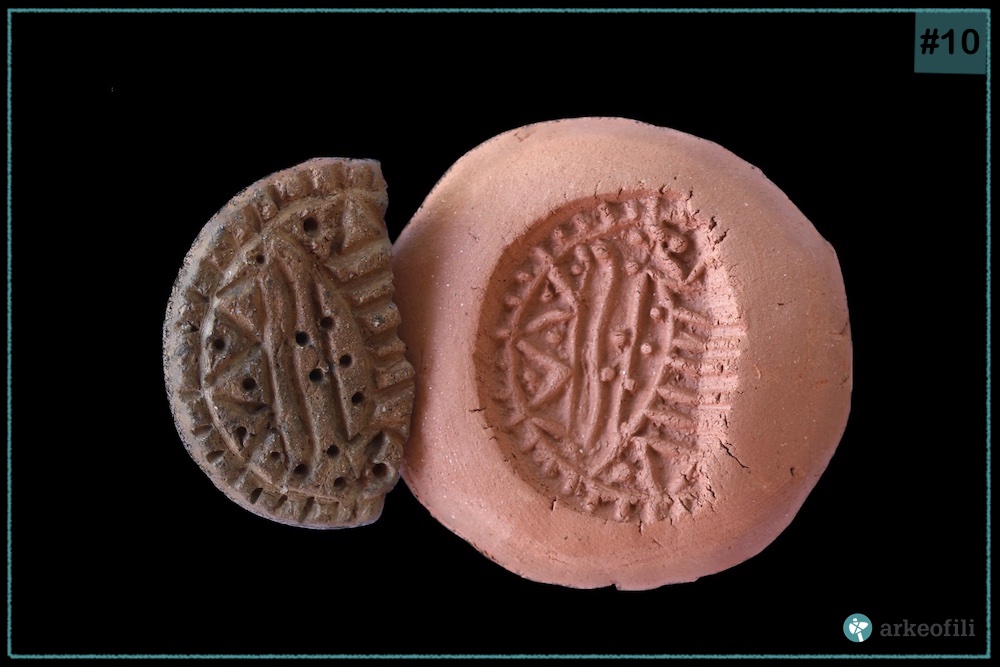
A partially broken terracotta seal was found during the excavations at Tavşanlı Höyük, which is one of the 2-3 largest Bronze Age mounds in Western Anatolia with an area of 45 hectares, contemporary with the Assyrian Colonial Age and the Hittite Empire in the 3rd Millennium BC. It is thought that the seal found on the floor of a silo contemporary with the end of the Hittite Imperial Period, dated 3,300 years ago, may be related to a local administrator, probably belonging to the Luwians. The seal bears both Aegean and Anatolian influences, but nothing similar has been found to date. Besides the Anatolian style, a rowing boat motif makes the seal interesting.
9- Hundreds of previously unknown hieroglyphs in Çorum
The 249 hieroglyphic symbols found in the Yerkapı Tunnel in Hattusha, the capital of the Hittites, are among the top 10 archaeological discoveries of 2022 in Turkey.
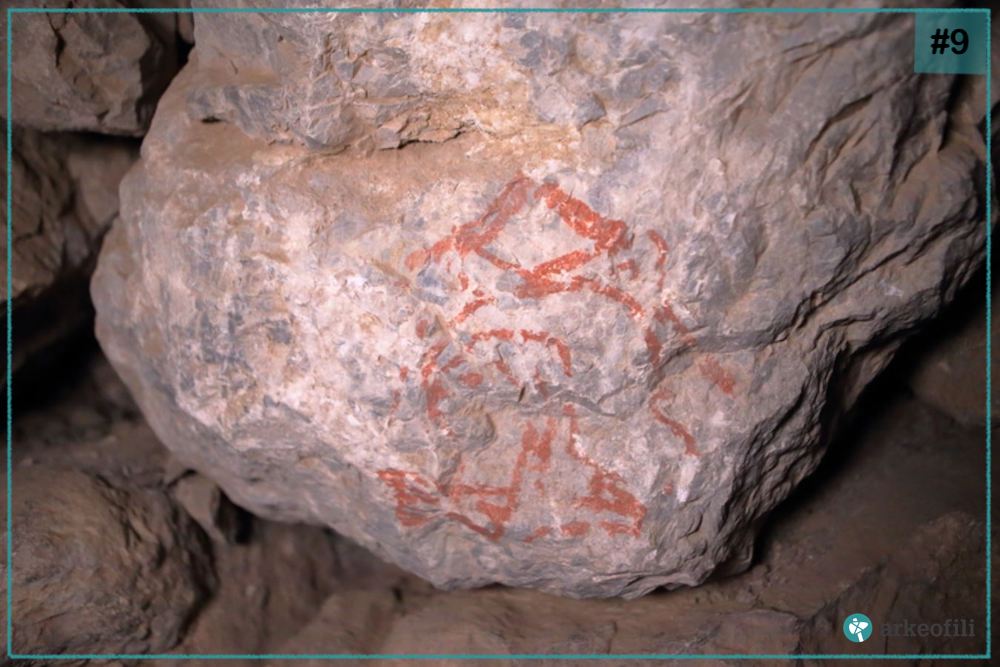
Hieroglyphs estimated to have been drawn about 3,500 years ago were discovered in the 80-meter-long Yerkapı Tunnel. The hieroglyphs were accidentally spotted by Bülent Genç, one of the research team, while he was wandering around to take pictures. The head of the excavation, Schachner, says that the excavations in Hattusa started from Yerkapı in 1907, but until today, no one, including himself, had noticed the hieroglyphs.
Yerkapi Tunnel, located at the top of Hattusha, was extremely important for the Hittites. This mysterious tunnel, which was built 3,500 years ago, must have been used for various religious activities during the Hittite Empire period. With the newly discovered 249 hieroglyphs, which are thought to depict the gods, it became possible to better understand what the tunnel was used for.
8- A Mosaic Floor Showing the Open Air Feast in Kahramanmaraş
The mosaic floor, which depicts an open-air feast in the Germanicia Ancient City in Kahramanmaraş, is among the top 10 archaeological discoveries of 2022 in Turkey.
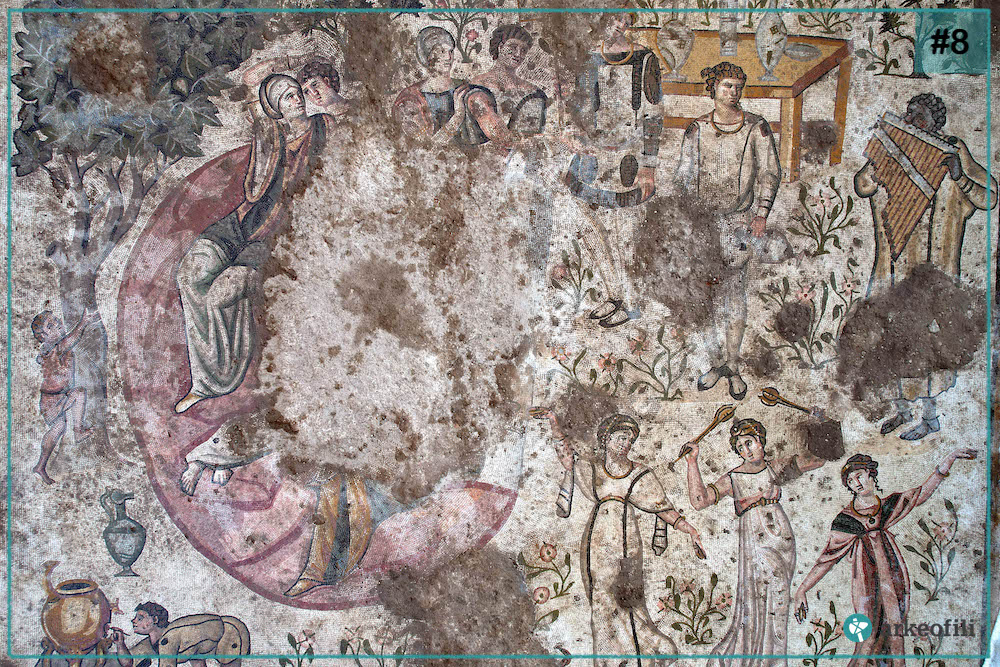
Archaeological excavations in the Germanicia Ancient City have unearthed 1,500-year-old architectural structures and bath ruins, as well as a 50 square meter mosaic floor. Two couples are sitting in the middle of the mosaic, which depicts a musical feast in the open air, and three women are depicted dancing to the accompaniment of music. In the mosaic, which shows a noble family, there are two male figures presenting, a musician playing the pan flute, a servant who lights a fire, and also a barefoot little boy climbing a fig tree. The woman from the noble couple who organized the event is seen touching the man’s head with her right hand.
7- An inscription in Konya that says “Türkoğlu” in Greek alphabet
The inscription that reads “Türkoğlu” in Greek alphabet found in the Ancient City of Savatra in Konya is among the top 10 archaeological discoveries of 2022 in Turkey.
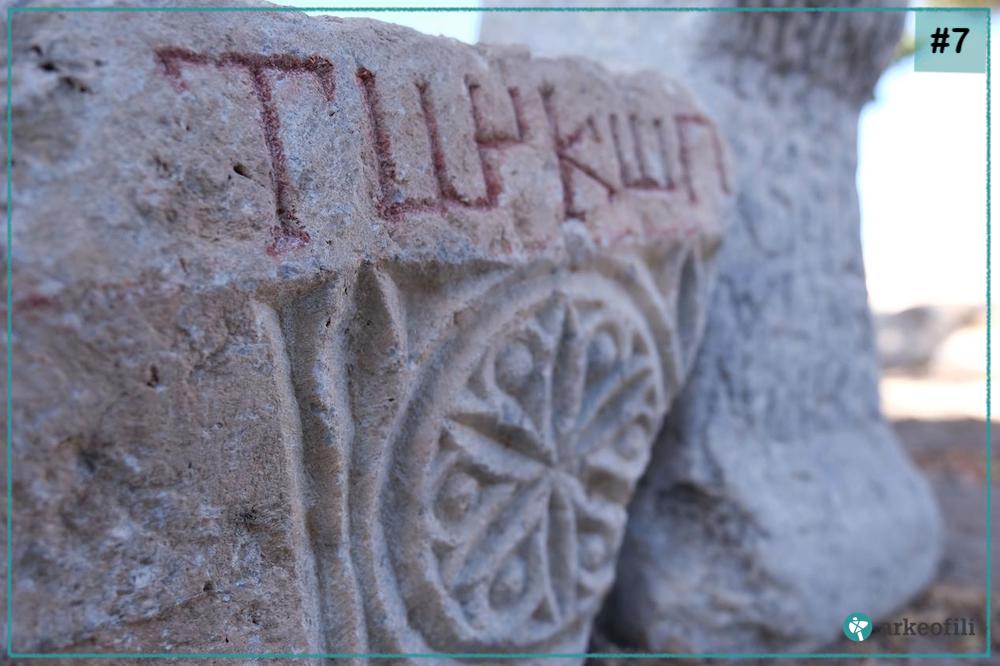
It is stated that the inscription was brought from a fortress in Savatra and is probably part of a templon pier belonging to a chapel. Based on the badges and decorations on it, researchers think it belongs to Turkish soldiers who served in the Byzantine army between the 10th and 11th centuries. The term Türkoğlu was a derived word to describe all Turkish tribes in a single term in the Byzantine army. The inscription is an evidence of the existence of Christianized Turks here before 1071.
6- Inscription with the name Gordion for the first time (Ankara)
The inscription in which the name of the city was found for the first time during the excavations in Gordion, the political and cultural capital of the Phrygian Kingdom, is among the top 10 archaeological discoveries of 2022 in Turkey.
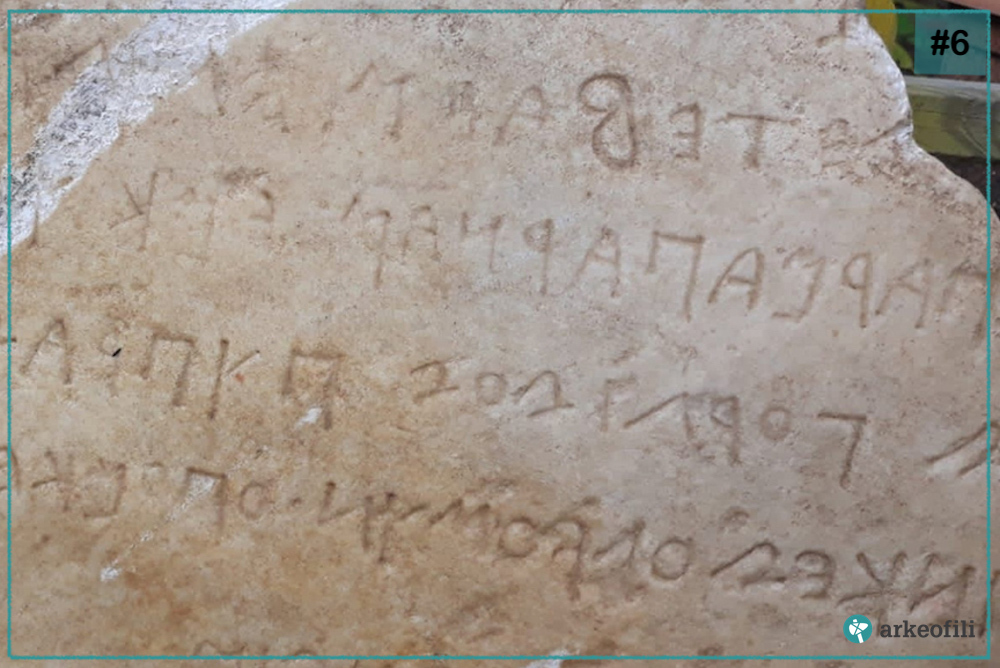
During the excavations carried out this year, a stone with a Phrygian inscription was found in the area of the ancient city called the outer city. The inscription, dated to the years when Antiochus I (281-261 BC) reigned in the Hellenistic Period, was the first and only inscription in which the name Gordion was mentioned. The inscription, which is thought to be related to a tumulus tomb, is also the longest inscription ever found in Gordion.
5- Iron Age underground complex under a house in Urfa
An underground Iron Age complex in Şanlıurfa that may have been used for a fertility cult in the 1st millennium BC is among the top 10 archaeological discoveries of 2022 in Turkey.
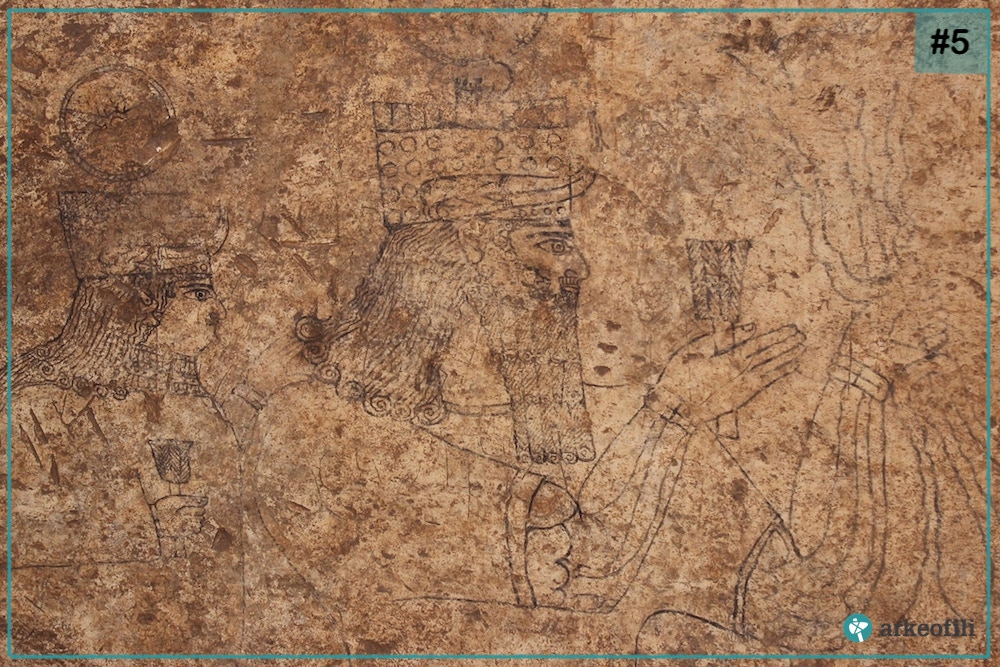
The walls of the old complex, which has not yet been fully explored due to the instability of the structure, feature rare rock art drawings containing an Assyrian deity procession. This style of art seems to have been adopted by local groups and shows how strongly the Neo-Assyrian Empire culture from Mesopotamia spread to the people of this region. The wall panel combines Neo-Assyrian, Aramaic, and Syria-Anatolian divine iconography, while featuring Aramaic script to identify certain gods, and a depiction of divine procession with previously unknown elements. The inscriptions revealed the names of four gods: Hadad, the god of storm, rain, and thunder; wife Atargatis, goddess of fertility and protection; the moon god Sîn; and the sun god Šamaš.
4- 7th century neighborhood in Ephesus that suffered a severe fire
Remains of a 7th-century neighborhood found under a burnt layer in the Ancient City of Ephesus is among top 10 archaeological discoveries of 2022 in Turkey.
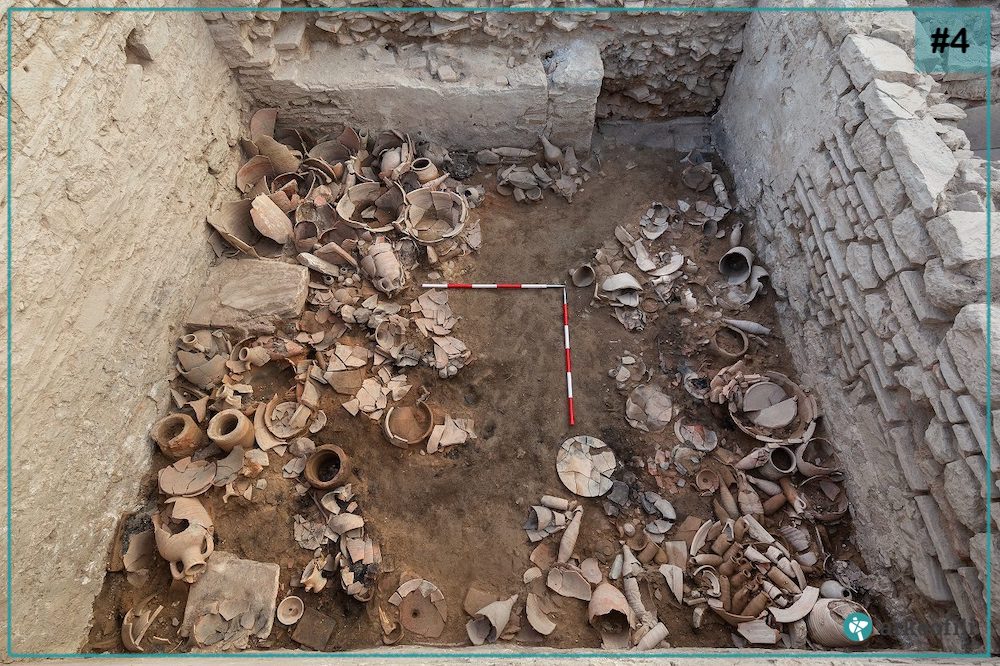
The neighborhood apparently disappeared abruptly in 614-615 AD. The newly discovered neighborhood is located in Domitian Square, just adjacent to the Upper Agora, the political center of the city of Rome. An incredibly rich collection of finds emerged from under the layers of fire. Between the thousands of ceramic vessels were the remains of seafood such as mussels or oysters. Other finds include amphorae filled with salted mackerel, peach, almond and olive seeds, as well as seeds from charred peas and legumes. Excavation director Ladstatter says the find is the most important discovery in Ephesus since the discovery of the hillside houses, which are now landmarks of the ancient city.
3- The huge underground city in Mardin
A gigantic underground city, which was discovered during excavations in a cave that was accidentally found a few years ago in Mardin, is among the top 10 archaeological discoveries of 2022 in Turkey.

It was determined that the cave, which is within the scope of the work started in the historical streets and houses in the Midyat district, provides passage to different places with the corridors. Many artifacts belonging to the 2nd and 3rd centuries AD were unearthed in the underground city, which includes a place of worship, silos, water wells and decorations. Findings show that the underground city was used in the Late Roman period. It has been determined that the underground city known as “Matiate” has spread throughout the district.
2- A mysterious Urartian complex decorated with colorful frescoes in Van
The 2,700-year-old Urartian building complex with rare wall paintings at Garibin Tepe is among the top 10 archaeological discoveries of 2022 in Turkey.

At Garibin Tepe, 3 kilometers from Ayanis Castle in Van, one of the most magnificent structures of the Urartian civilization, a large group of monumental structures consisting of many rooms, connected by corridors, was discovered at a depth of 6-7 meters from the surface. In addition, there are frescoes that have never been seen before in the 16-meter-long tunnel. The paintings consist of three parts. Each section has different decorations. In the middle is a human figure in a pattern. Next to it are decorations that are thought to be mythological.
1- Ritualistic structures with 11,000-year-old obelisks in Diyarbakır
Special structures dating to the same period as Göbeklitepe, unearthed in Gre Fılla Mound in Diyarbakır, are among the top 10 archaeological discoveries of 2022 in Turkey.

The settlement in Gre Filla Mound, which belongs to the Pre-Pottery Neolithic period, is dated to between 9,300 and 8,800 BC. There are human burials in the fetal position under the structures. A structure called “Building 15” draws has a different feature from the others and there are steles in it. Inside the building, there is a sitting bench that surrounds the building and is long enough to seat approximately 25 people. The human sculptures inside the building are also quite remarkable. The stelae and everything else were thrown in and broken before the special structures were deliberately closed.
However, the archaeological excavations at Gre Filla are over. Dam waters are slowly filling the area. Rescue excavations in the region could only be carried out for a very short time. While we are just beginning to gain new informations about this region, our cultural heritage is once again submerged.














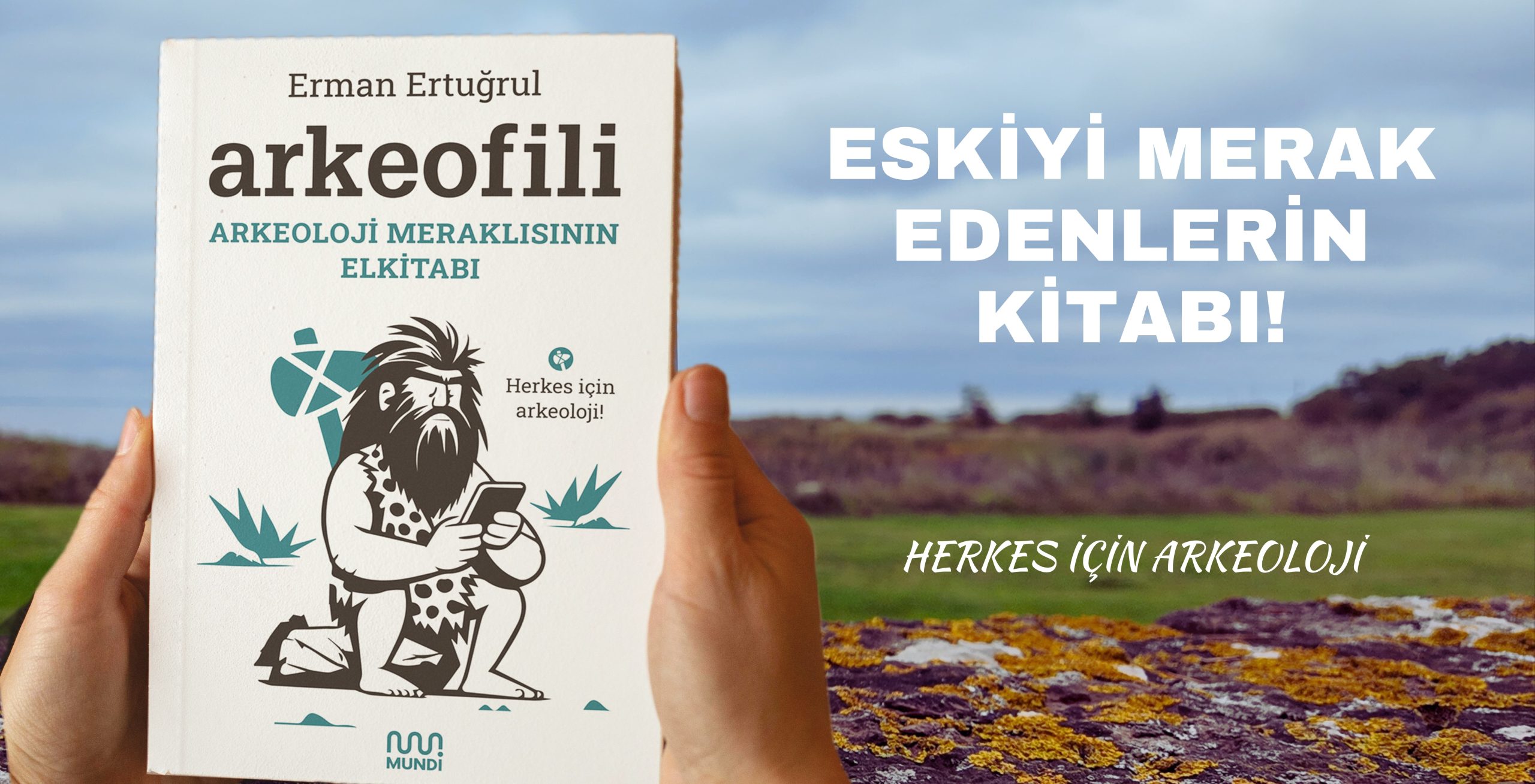

You must be logged in to post a comment Login